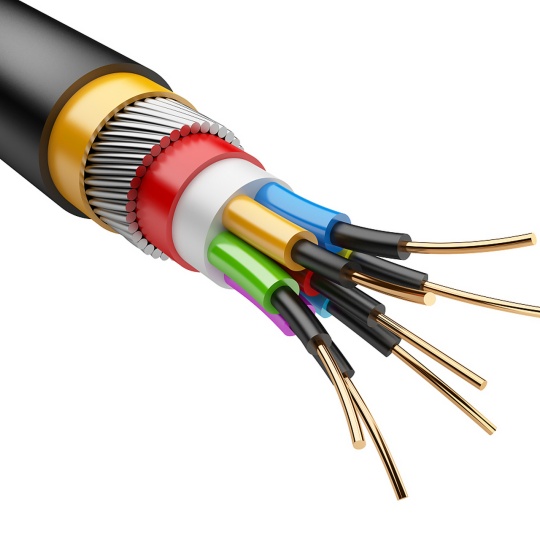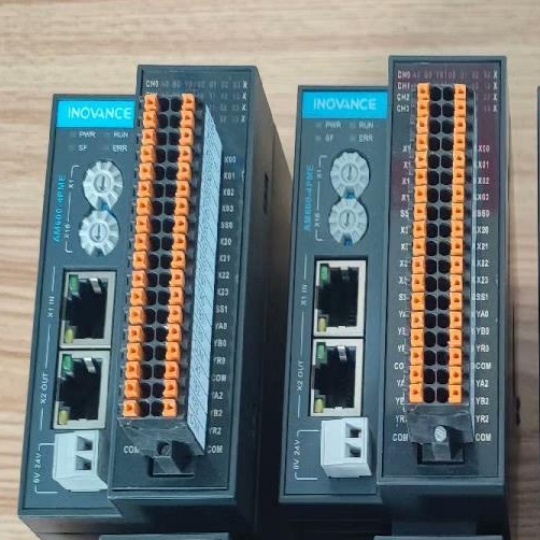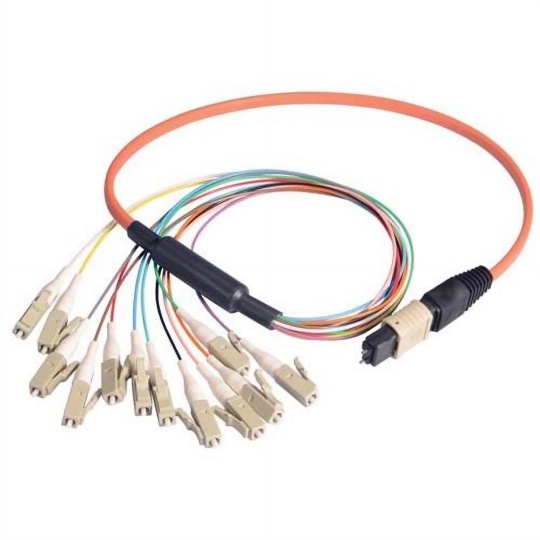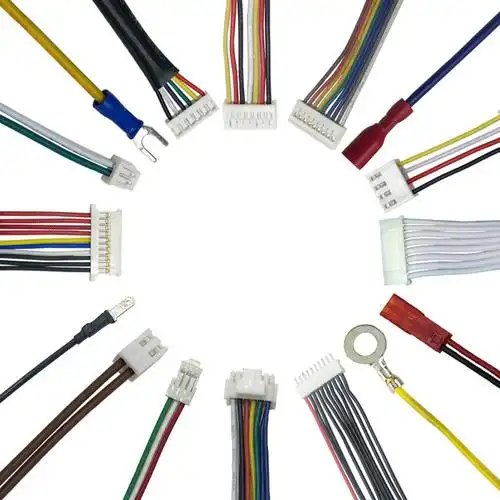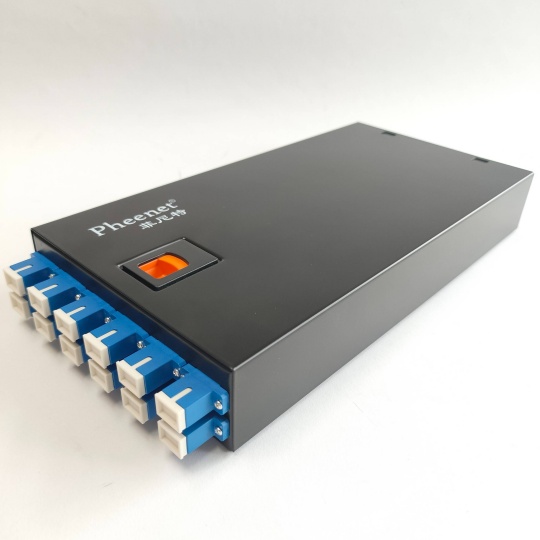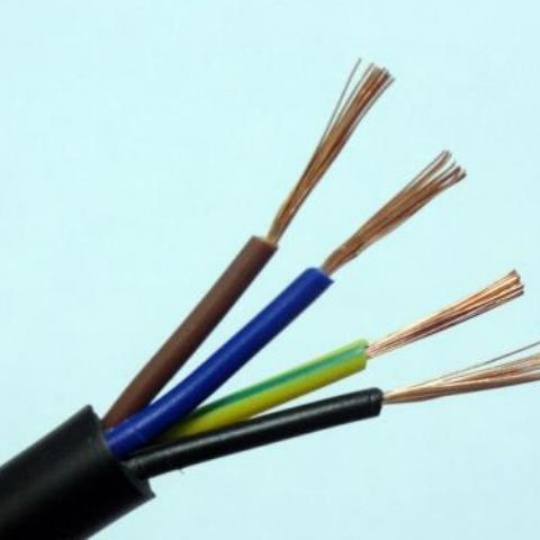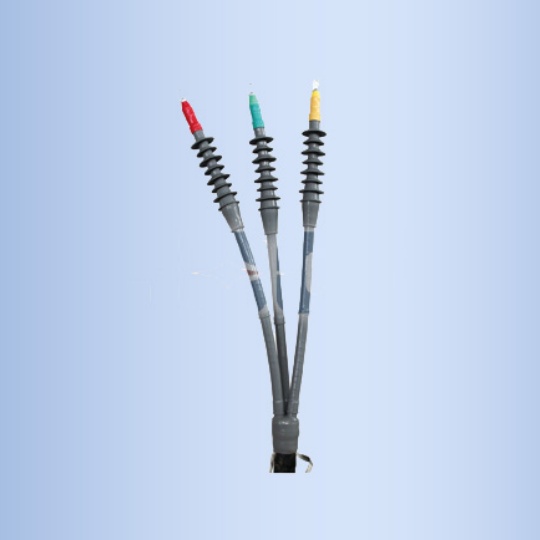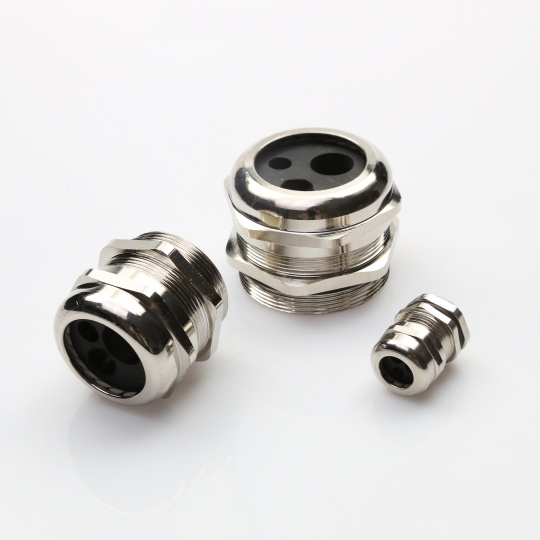Customized vs. Standardized Cable Assemblies
When designing or upgrading systems that rely on cable assemblies, engineers and procurement teams often face a critical choice: customized or standardized solutions. Both options have distinct advantages, but understanding their differences ensures you select the best fit for performance, budget, and timeline. Here’s a concise comparison to guide your decision.
What Are Standardized Cable Assemblies?
Standardized (or “off-the-shelf”) cable assemblies are pre-designed, mass-produced solutions built to meet common industry specifications. Examples include USB cables, Ethernet cables, or HDMI cords.
Pros:
- Cost-Effective: Economies of scale make them cheaper per unit.
- Quick Availability: No lead time for design or prototyping; ready to ship.
- Reliability: Tested extensively for broad compatibility.
Cons:
- Limited Flexibility: May not fit unique spatial, environmental, or performance needs.
- Generic Solutions: Not optimized for specialized applications.
What Are Customized Cable Assemblies?
Custom cable assemblies are tailored to specific requirements, such as unique lengths, connectors, shielding, or materials. These are common in aerospace, medical devices, or industrial automation.
Pros:
- Application-Specific Design: Optimized for performance in challenging environments (e.g., extreme temperatures, vibrations).
- Exact Specifications: Match precise length, connector type, or signal integrity needs.
- Scalability: Can be designed for future upgrades or modular systems.
Cons:
- Higher Initial Cost: Design, prototyping, and testing increase upfront expenses.
- Longer Lead Times: Requires time for development and production.
Key Factors to Consider
- Application Complexity
- Choose Customized: If your project demands unique connectors, high-speed data transfer, or durability in harsh conditions.
- Choose Standardized: For simple, non-critical applications like office electronics or consumer devices.
- Budget Constraints
- Standardized cables are ideal for tight budgets, while custom solutions offer long-term value for specialized needs.
- Timeline
- Need it fast? Standardized cables save weeks (or months) of development time.
- Volume
- High-volume projects may justify custom tooling costs; low-volume needs may favor off-the-shelf options.
- Compliance & Certifications
- Custom cables can be designed to meet strict industry standards (e.g., MIL-SPEC, ISO, RoHS).
When to Hybridize
Some suppliers offer semi-custom solutions, modifying existing designs (e.g., adjusting lengths or adding shielding) to balance cost and customization. This works well for minor tweaks without full bespoke development.
How to Choose a Supplier
For Customized: Look for suppliers with proven expertise in your industry, in-house engineering support, and robust testing protocols (e.g., signal testing, environmental stress screening).
For Standardized: Verify stock availability, compliance certifications, and return policies.


